Are you feeling like your dog’s behavior is spiraling out of control? Maybe you’re exhausted, frustrated, or even embarrassed by your dog’s wild antics. You’re certainly not alone! Every dog owner has moments when they wonder if there’s any hope for peace and harmony. But don’t despair—there are real, practical steps you can take to transform even the most unruly canine companion. Let’s dig into 15 strategies that might just save your sanity and help your furry friend become the loving, well-mannered pal you always dreamed of.
1. Schedule Consistent Daily Exercise
Many dogs act out simply because they have energy to burn. Without a healthy outlet, that energy can turn into barking, chewing, or zooming through the house. Try scheduling at least two brisk walks a day—rain or shine. Don’t just stroll; let your pup sniff, run, and explore. Even tossing a ball in the yard or playing tug-of-war can make a world of difference. When your dog’s muscles are tired, their mind is calmer too. Think of exercise as your first line of defense against mischief. If you can, mix things up with hikes or trips to the dog park for extra stimulation. A tired dog really is a good dog!
2. Establish a Predictable Routine
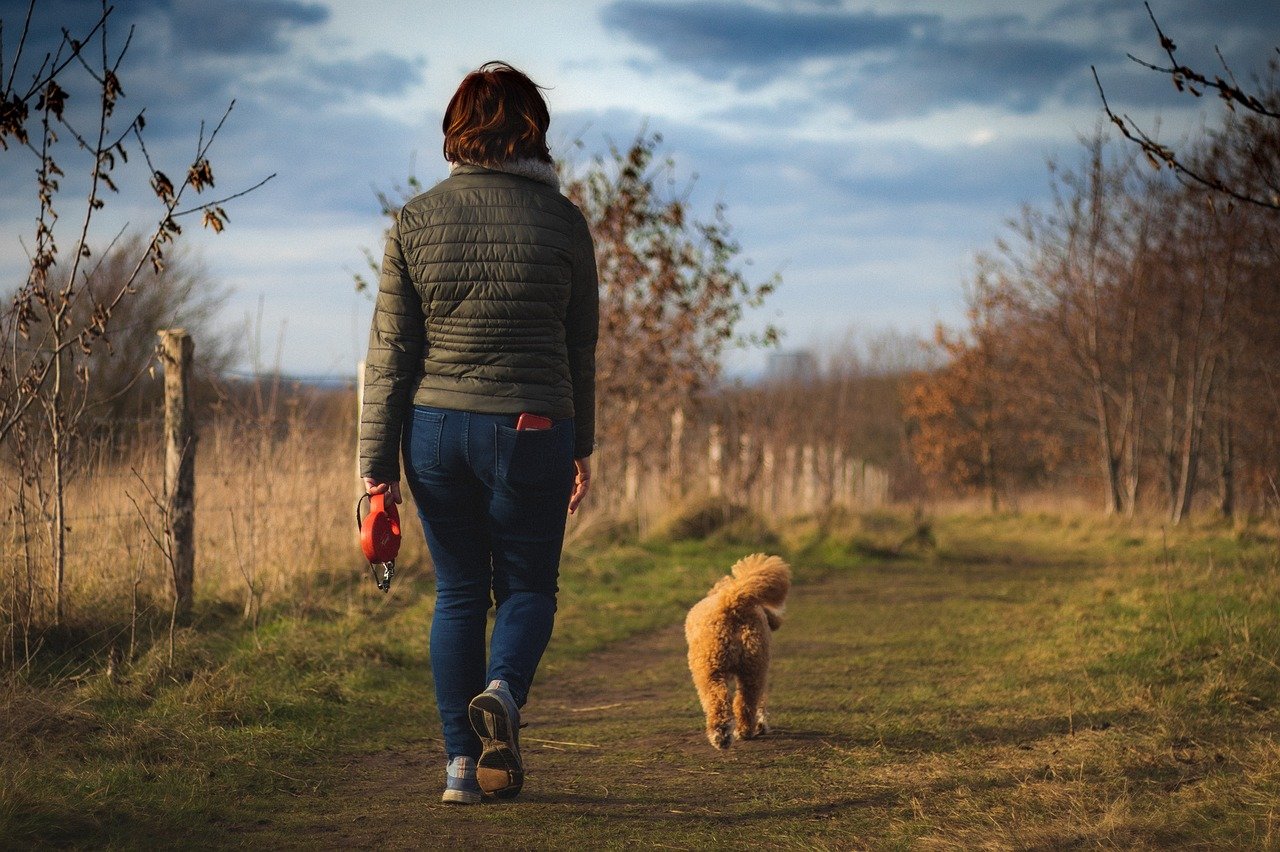
Dogs thrive on knowing what comes next. If your daily schedule is unpredictable, your dog may become anxious or hyperactive. Try feeding, walking, and playing at the same times each day. Use a simple routine: wake up, go outside, breakfast, playtime, nap, walk, dinner, and bedtime. This structure helps your dog anticipate what’s expected, reducing stress and unwanted behaviors. Even small changes, like a regular afternoon treat or a quiet evening cuddle, can make your dog feel secure and less likely to act out. Routine brings comfort, both to dogs and to the people who love them.
3. Reinforce Positive Behavior With Rewards
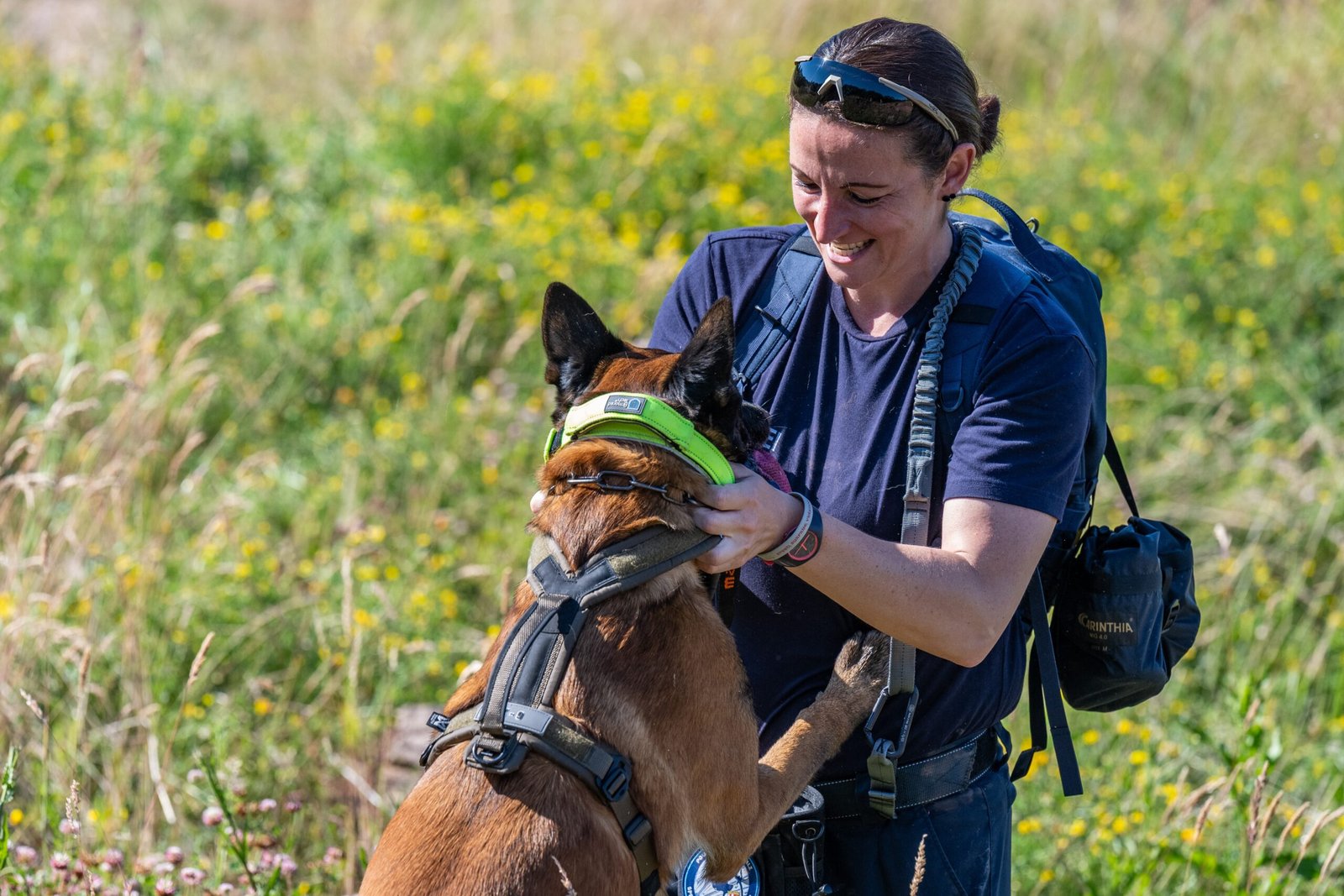
When your dog finally sits quietly or comes when called, make sure to celebrate those moments! Use treats, toys, or a cheerful “Good dog!” as a reward. Positive reinforcement teaches your dog that calm, polite actions get them what they want. Try to catch your dog doing something right, even if it’s just lying quietly on their bed. The more you reward good choices, the more likely they are to repeat them. Avoid yelling or punishing, as this can confuse your dog and make matters worse. Build trust and enthusiasm with kindness—it’s powerful and effective.
4. Practice Short, Daily Training Sessions
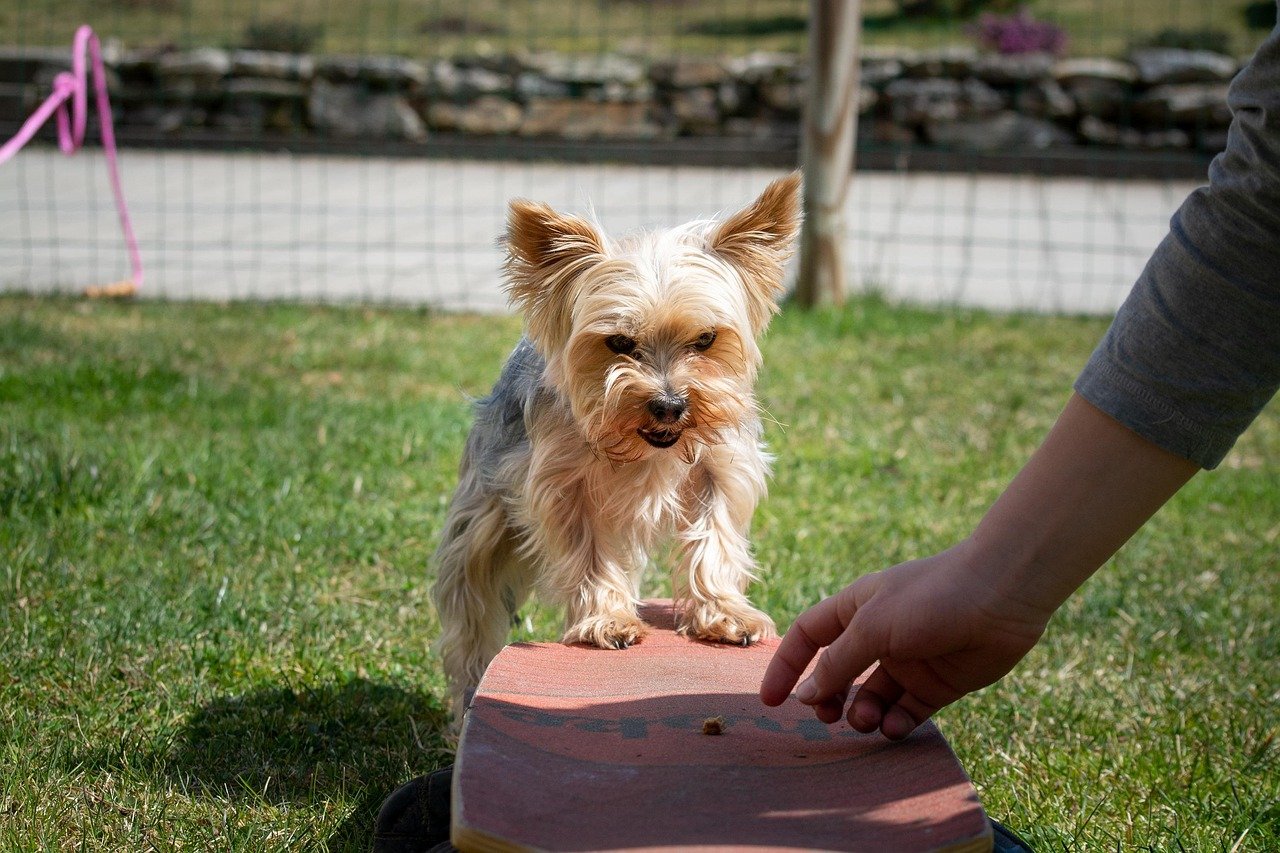
Training doesn’t have to be a marathon. In fact, five or ten minutes a day can work wonders. Focus on basic commands like “sit,” “stay,” and “come.” Use plenty of praise and tasty treats. Training sessions should be fun and upbeat, never a chore. If your dog seems bored, switch it up with new tricks or games. Training strengthens your bond and gives your dog a mental workout. Like a puzzle for their brain, training helps channel energy in a productive way. With patience, you’ll notice your dog becoming more responsive and attentive.
5. Provide Safe Chew Toys and Puzzles
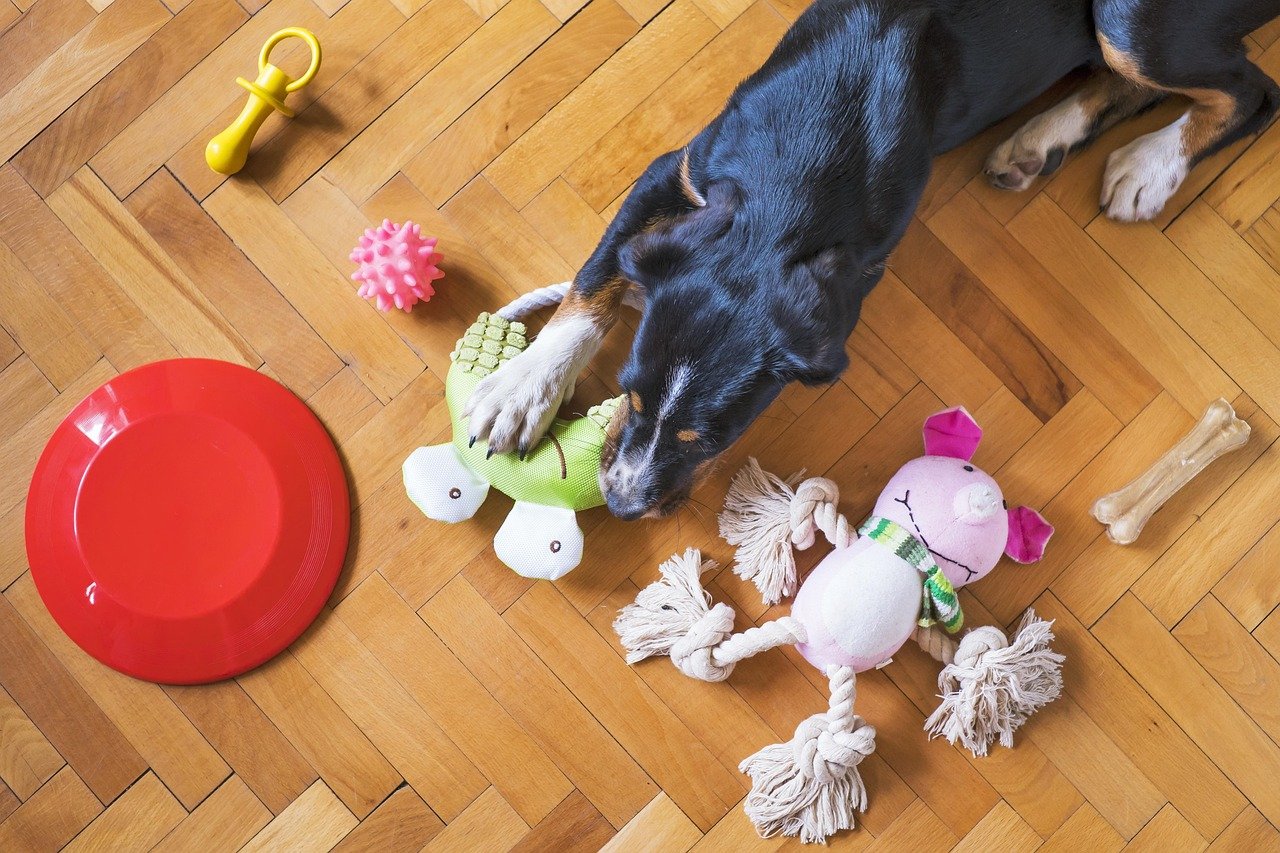
Chewing is natural for dogs, but your shoes and furniture shouldn’t be the victims. Offer a variety of sturdy chew toys and interactive puzzles. These keep your dog entertained and satisfy their urge to gnaw. Puzzle toys filled with treats are especially engaging—they challenge your dog’s mind and reward them for persistence. Rotate toys regularly so your dog doesn’t get bored. Think of chew toys as a positive outlet for nervous or restless energy. Your belongings (and your dog’s teeth) will thank you!
6. Avoid Reinforcing Unwanted Behavior
It’s easy to accidentally encourage bad behavior. For example, if your dog jumps up and you pet them, they learn that jumping gets attention. Instead, ignore unwanted actions and reward calm, polite ones. If your dog barks for a treat, wait for quiet before giving it. Consistency is key—everyone in the household should follow the same rules. This can be tough, especially when your dog is adorable, but it’s essential for clear communication. Over time, your dog will figure out which behaviors work and which don’t.
7. Use Crate Training for Safety and Calm
A crate can be a safe haven for a stressed or overexcited dog. When introduced properly, it becomes a cozy den, not a punishment. Use the crate for short periods when you can’t supervise, or when your dog needs a break. Fill it with soft bedding and a favorite toy. Encourage your dog to relax there by tossing in treats or feeding meals inside. Crate training can help with housebreaking, prevent destructive chewing, and give your dog a peaceful space to unwind. Just remember to go slow and make it a positive experience.
8. Seek Professional Help When Needed
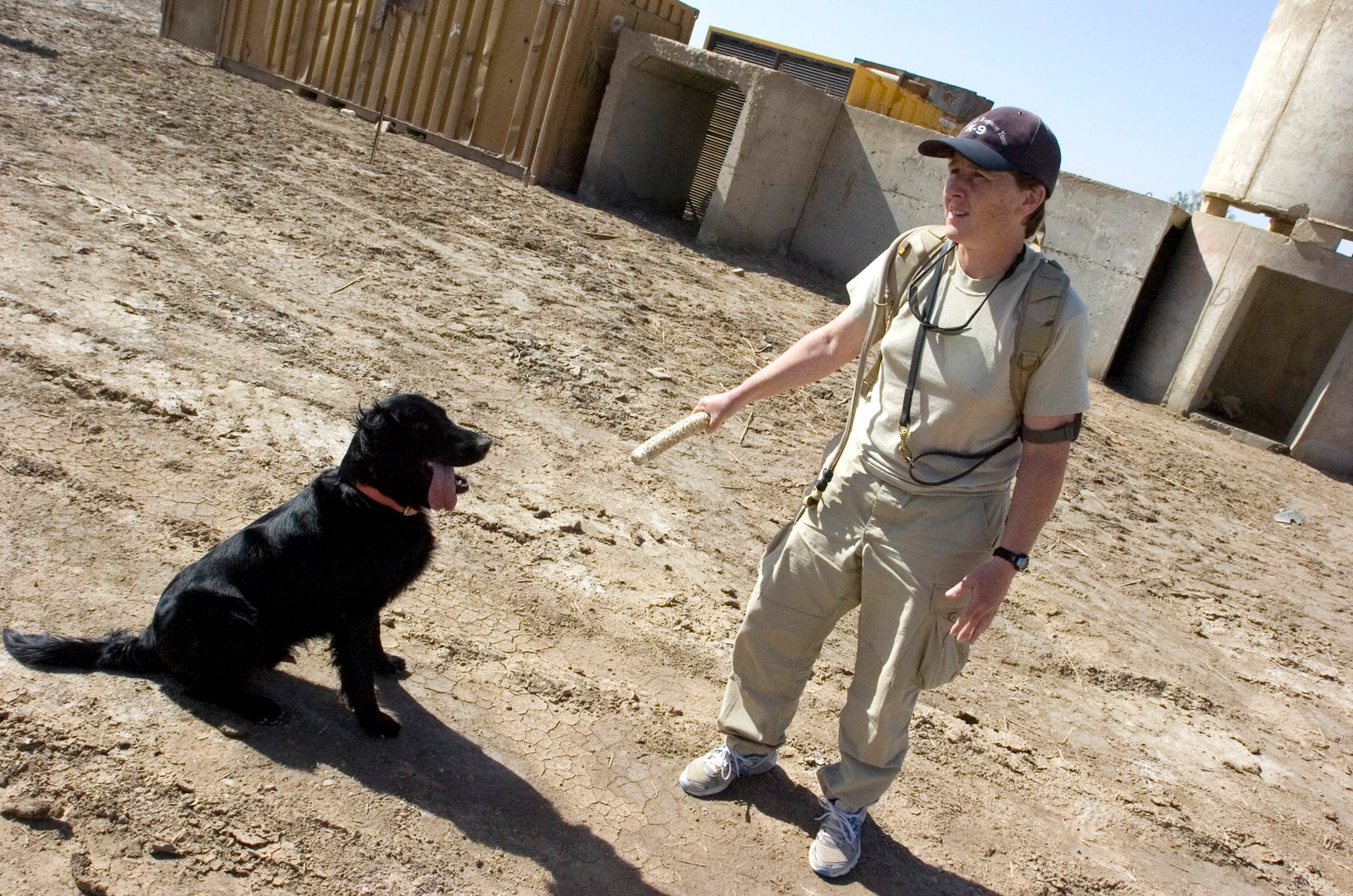
Sometimes, a dog’s behavior goes beyond what you can handle alone. Don’t be afraid to reach out to a trusted dog trainer or behaviorist. These professionals can assess your situation and offer custom advice. Look for someone who uses positive, science-based methods. A little expert guidance can make a dramatic difference in just a few sessions. If your dog’s behavior has suddenly changed or seems linked to fear or aggression, also check in with your vet to rule out medical causes. There’s no shame in asking for help—your dog is worth it.
9. Increase Mental Stimulation
Boredom can turn even the sweetest pup into a troublemaker. Challenge your dog’s mind with new experiences and games. Hide treats around the house for a treasure hunt. Teach a new trick, or practice old ones in different places. Try agility, scent work, or even doggy puzzles. Regular brain games burn energy and make life more interesting for your dog. Think of mental stimulation as exercise for the mind—just as important as a daily walk.
10. Socialize Your Dog Gradually
A dog who is fearful or reactive around people, animals, or places may act out in confusing ways. Socialization helps dogs feel confident in new situations. Start slow, with calm introductions to friendly dogs or quiet environments. Use treats and praise to build positive associations. Avoid overwhelming your dog—let them set the pace. Over time, your dog will learn that new experiences aren’t so scary after all. A well-socialized dog is usually a happier, more relaxed companion.
11. Address Underlying Health Issues

Sometimes, sudden changes in behavior are a sign of pain or illness. If your dog is acting out of character—growling, snapping, or becoming withdrawn—schedule a check-up with your vet. Conditions like arthritis, dental pain, or thyroid issues can affect mood and energy. Never assume behavior is “just bad” without ruling out medical problems. Once health issues are addressed, your dog may return to their usual sweet self.
12. Use Calm, Clear Communication
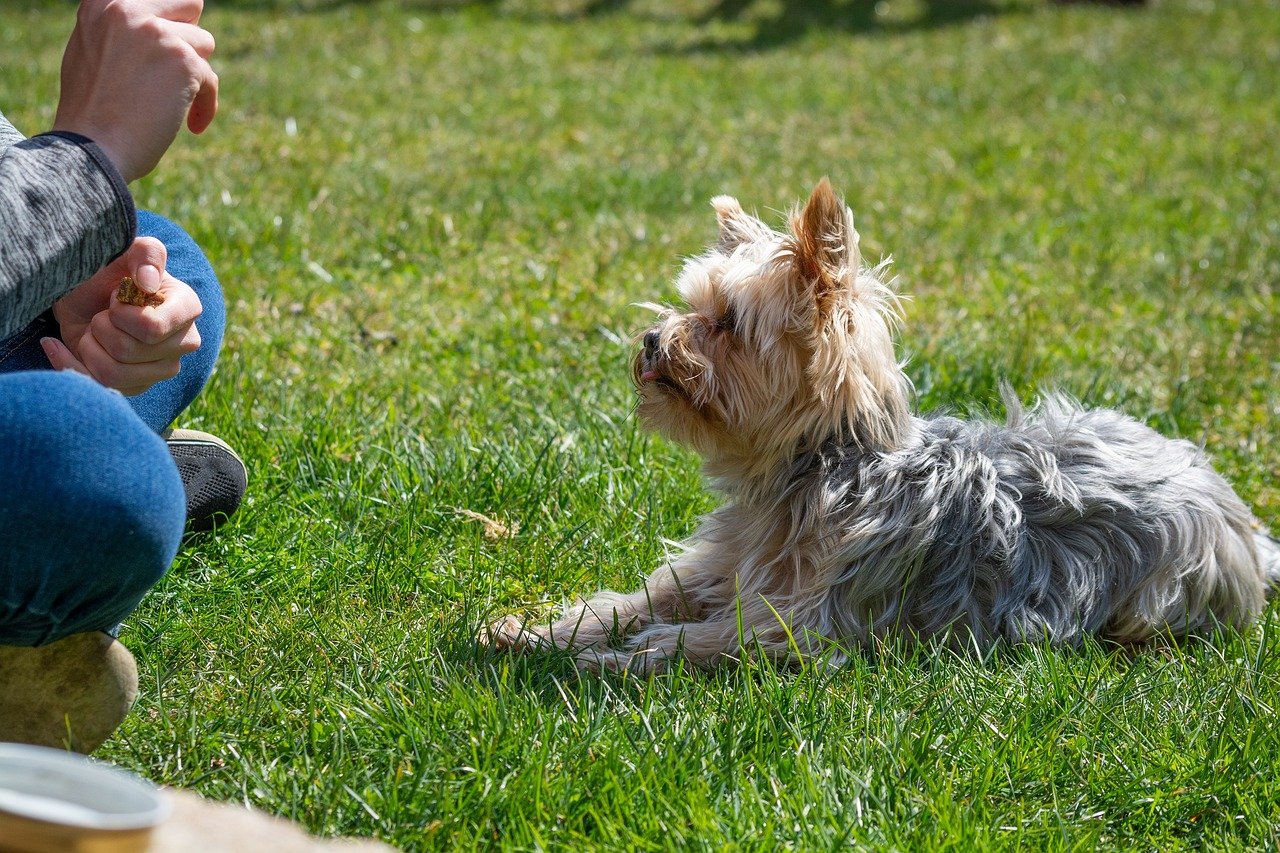
Dogs don’t speak English, but they’re experts at reading tone and body language. Use a calm, steady voice and simple commands. Avoid shouting or confusing signals. For example, if you call your dog’s name angrily, they may become fearful and less likely to come. Be patient and consistent—dogs learn best when they know exactly what you want. Think of yourself as a gentle coach, guiding your dog to success with every word and gesture.
13. Manage the Environment

Sometimes, the simplest solution is to remove temptation. If your dog can’t resist raiding the trash, use a dog-proof bin or keep it behind a closed door. If barking at the window is a problem, cover it with curtains or move furniture away. Child gates can block off rooms or stairs. Managing your dog’s environment reduces opportunities for trouble and sets them up for success. It’s not a shortcut—it’s smart management that makes life easier for both of you.
14. Stay Patient and Celebrate Small Wins
Change doesn’t happen overnight, and every dog learns at their own pace. Celebrate the small victories—a quiet sit, a gentle walk, or a peaceful night. Remember, your frustration is normal, but your dog is trying their best. Take breaks when you need them, and forgive yourself for mistakes. The journey to better behavior is full of ups and downs. Your patience and persistence will pay off in the long run.
15. Strengthen Your Bond With Quality Time
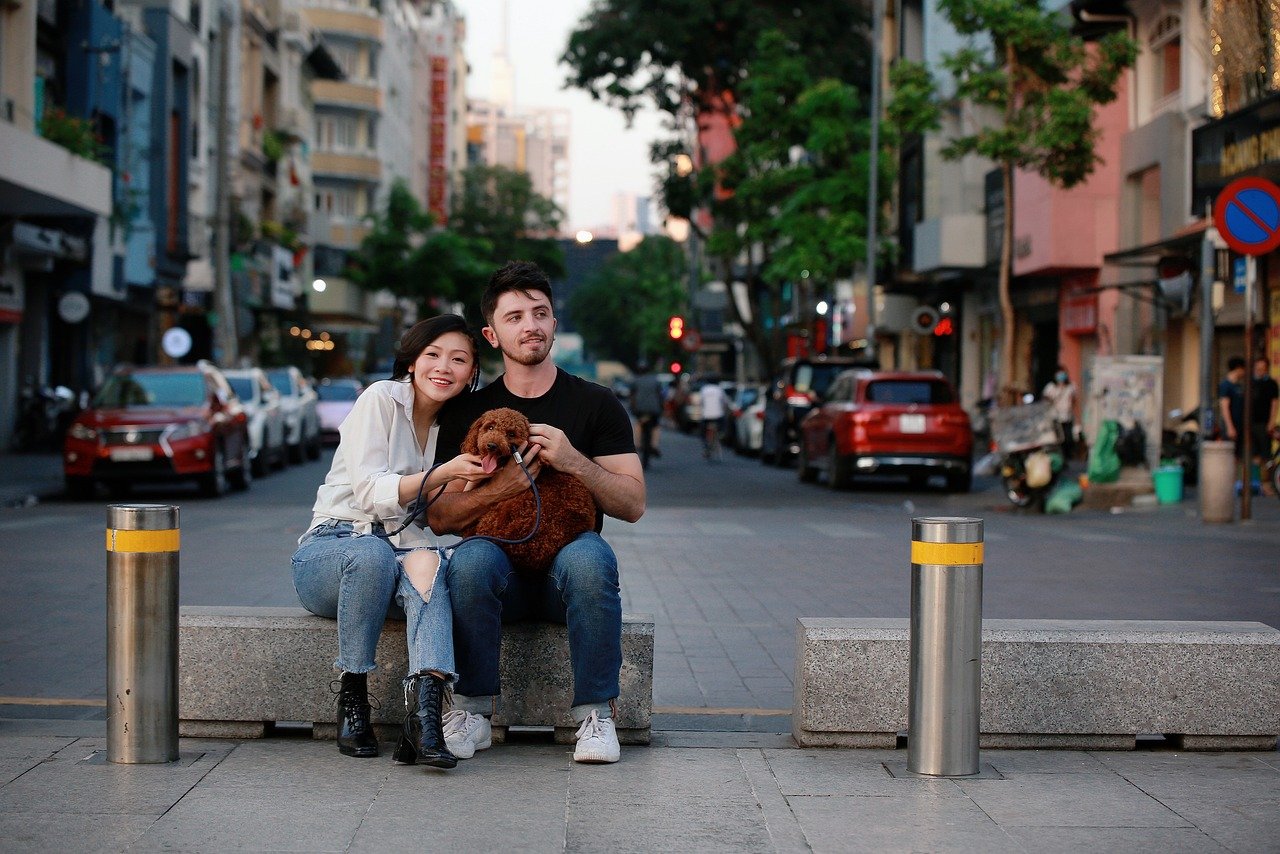
Sometimes, a dog’s wild behavior is just a cry for attention. Dedicate special time each day for cuddles, gentle grooming, or playful games. Focus on your dog without distractions—no phone, no TV, just you and your pup. Building a strong bond creates trust and makes training easier. Your dog will feel safe, loved, and more eager to please. After all, you’re not just correcting behavior—you’re nurturing a lifelong friendship.
Dealing with a dog whose behavior feels like “too much” can be frustrating, but don’t give up just yet! With patience, consistency, and a little creativity, you can guide your pup toward better habits. Whether it’s adjusting their routine, trying new training methods, or seeking help from a professional, small steps can make a big difference. Every dog is trainable—it just takes finding what clicks. Stick with it, and you’ll be amazed at the progress you and your furry friend can make together.

Esther is from India; the heartbeat of South Asia, holding a Master’s degree in Zoology and a postgraduate diploma in Animal Welfare. Her enthusiasm for animal welfare drives her passion and dedication to working for animals, ensuring their well-being, and advocating for their rights. With a solid academic background and hands-on experience, she is committed to making a positive impact in the field of animal welfare. In her free time, she enjoys embroidery and sewing. As a Chennaite from Tamil Nadu, Esther loves Bharathanatyam, an Indian classical dance form.






